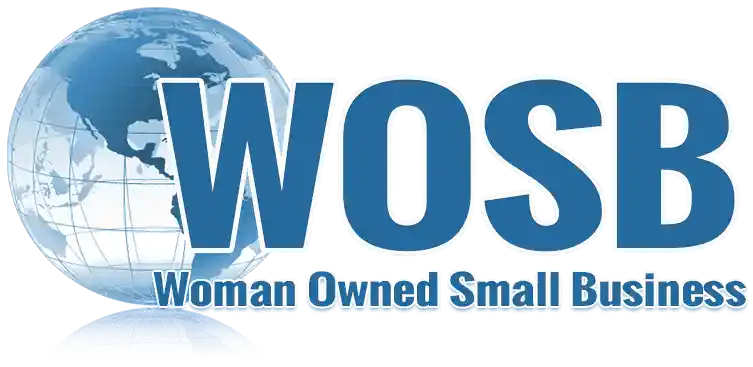A Women-Owned Small Business (WOSB) holds significant value, especially in government contracting. The WOSB program, introduced in the Federal Acquisition Regulation on April 1, 2011, guarantees that federal contracts are set aside for businesses owned by women. This initiative provides opportunities for women entrepreneurs to grow and compete, offering both business growth and economic empowerment….
Applications for Mil-Spec Wiring & Cable Assemblies
At Carr Manufacturing Company (CMC), we specialize in designing for manufacturability and developing cable and wire assembly solutions. We are a women-owned company in California that works with clients across diverse industries and military organizations to create innovative, cost-effective cable and wire assemblies. Our team of experts manages the manufacturing and assembly processes in-house as…
A Brief Introduction to UL and CSA Cable Flammability Tests
Industrial wire and cable are often used in equipment installed in harsh application areas like oil and gas platforms, military vehicles, manufacturing equipment, etc. In such applications, there are possibility of fires breaking out. Fire is one of the greatest dangers that can damage and destroy industrial wire and cable. To ensure that the wires…
Decoding the Differences between UL Listed and UL Recognized Wires and Cables
As a customer searching for custom cable assemblies and wire harness, you are probably going through websites of various manufacturers and services providers. When you look at their accreditations, you may find two terms in the list – UL Listed, and UL Recognized. Generally, customers assume that these terms are interchangeable. However, this is far…
Understanding the Benefits of RoHS Compliance
In cable assembly manufacturing, one of the most important certifications is RoHS. While most understand that it is a manufacturing certification, many customers do not know the details and benefits of RoHS compliance. To pass on the information, we are providing this blog. What is RoHS? RoHS is a European Union (EU) directive, which was…
Why Custom Power Cords are Important
If you look around your home or office, you will realize that every electronic appliance has a different power cord. Why is the power cord so important? Why should it be given so much attention? Let’s find out. The Benefits of using Power Cords Customers may not realize it, but using custom power cords can…
Why is it Beneficial to Get an ISO Certification?
In the cable manufacturing business, accreditations have become an important part of ensuring product quality and marketing one’s business. As more companies are emerging in the cable manufacturing industry, it makes sense to set oneself apart with accreditations. Benefits you can gain from ISO 9001 Certification While many companies may not be certain, applying for…
Why Choose Mil-Spec Connectors
The military industry requires specialized electronic equipment and machineries for day-to-day operations. Compared to other commercial electronic products, military equipment is ruggedly manufactured, keeping in mind the adverse conditions in the application areas. They are manufactured utilizing mil-spec components, which exhibit superior performance and reliability characteristics. One such component that goes in the assembly of…
Best Practices for Organizing Wires and Cables for Businesses
With computers, software, and other electronic machines becoming staples in organization, cable organization should become a high priority on a company’s list of ‘to dos’. Not only can it save your time and money, it can also eliminate the need to trace the cables. Organizing your cables can also help improve hardware air flow. This…
5 Steps for Complete Obsolescence Management
In today’s fast-paced world, one of the fastest moving markets in terms of new products and designs for manufacturability is the electronics industry. Due to the fast pace, and continual changes, there is always a risk of components and products becoming obsolete. There can be many reasons for this – the technology can change, consumer…

